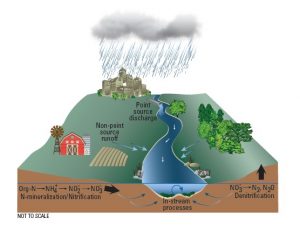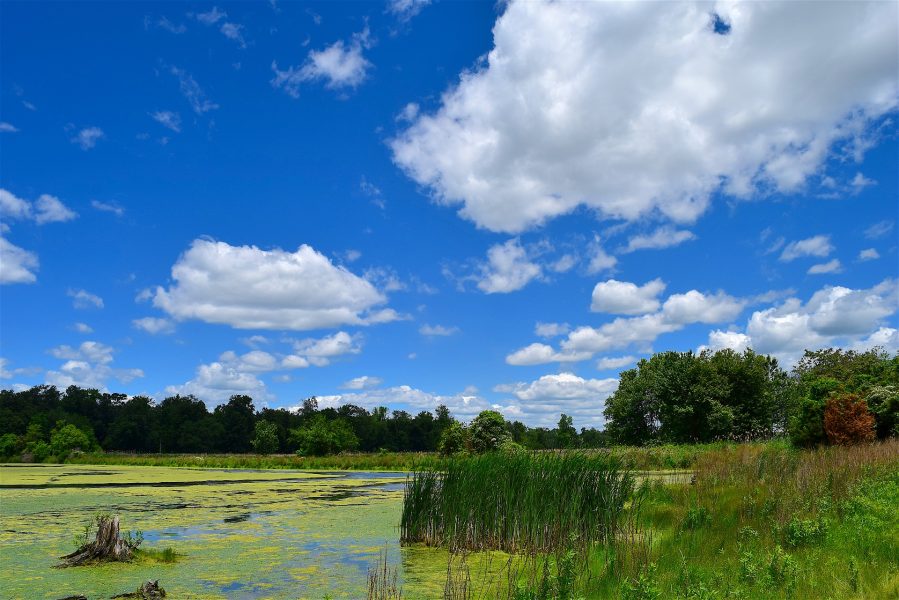Advances in technology over the past two decades have resulted in the widespread deployment of a variety of water quality sensors in rivers, lakes, estuaries, and the open ocean. A new WIREs Water review includes a synthesis of recent advances in our understanding of hydrologic and biogeochemical processes resulting from interpretation of high-frequency nitrate sensor measurements, which are among the most commonly deployed in waters across the globe.
Nitrate is a nutrient that stimulates the growth of algae and is often present in over-abundance, resulting in eutrophication of water bodies, especially in coastal estuaries. The availability of high-frequency nitrate data in riverine ecosystems is promoting rapid advances in scientific understanding of how concentrations and loads change with streamflow, season, and interannually, which are discussed in the WIREs review. Nitrate sensor data have proven especially valuable in understanding how nitrate concentrations vary with climate patterns, such as alternating wet and dry years, which may be amplified by long-term climate change, a notable advance that we discuss. Although the focus of the review is on nitrate, the review also highlights that when combined with high-frequency measurements of other constituents such as carbon and phosphorus, nitrate sensor data can provide deep insight to nutrient interactions in rivers that reflect hydrologic flow paths, stream metabolism, and denitrification.
The central focus of the review is advances in understanding nitrate evolution based on detailed analyses of storm runoff responses and in-stream processes. Several recent detailed analyses of nitrate concentration patterns, as streamflow rises and recedes during storms, have suggested that different pathways, termed “hysteresis”, are more the rule than the exception, providing a basis for interpreting how the contribution of nitrate sources to streams varies across the template of land use, geomorphology, and season.
The review discusses advances in understanding the processes that occur within or immediately adjacent to the stream channel such as uptake by algae and plants, microbial interactions in sediment, and fluctuations in groundwater – surface water interactions resulting from evapotranspiration, which are often reflected in diurnal variation in nitrate concentrations.

Current understanding is limited by the few available sensor-based studies where high-frequency nitrate sensors have been deployed outside the stream channel in soils and groundwater that contribute to stream loads. However, the authors discuss some new and innovative analyses and modeling approaches based on high-frequency nitrate data. These new advancements are just beginning to be realized and are likely to rapidly advance our understanding of the processes that affect concentrations and loads and how these vary with climate in different geographic and land use settings.
Kindly contributed by the Authors.

















